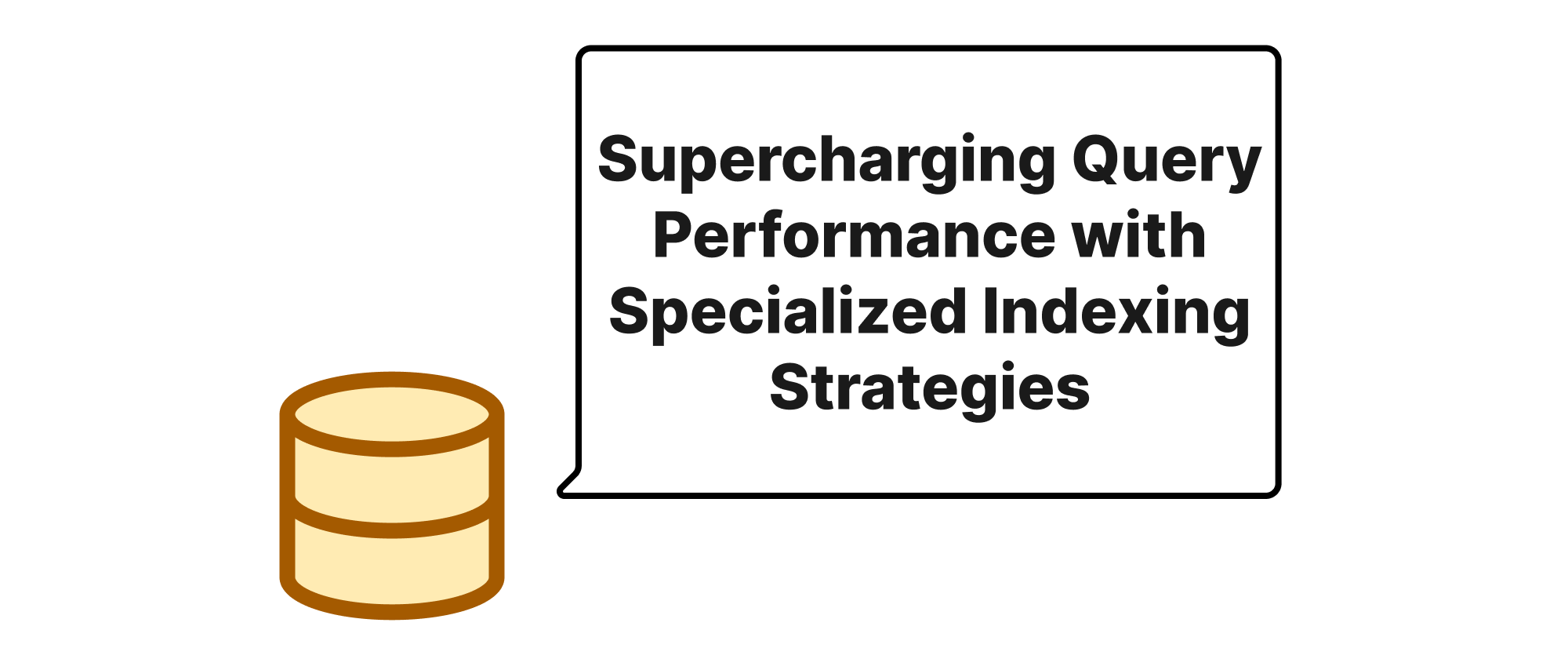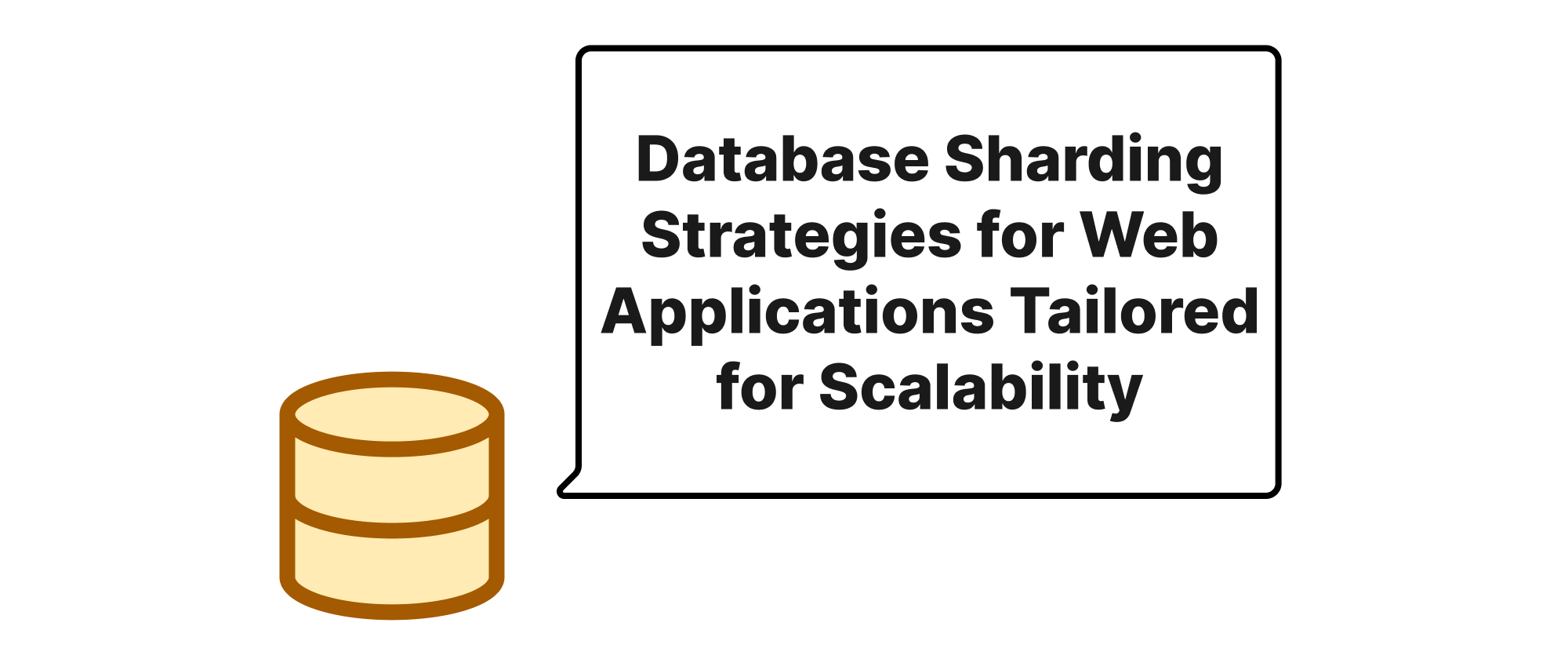Supercharging Query Performance with Specialized Indexing Strategies
James Reed
Infrastructure Engineer · Leapcell

Introduction
In the relentless pursuit of faster data retrieval and more responsive applications, database optimization stands as a cornerstone of development. As datasets expand and query complexities escalate, the efficiency of accessing information directly impacts user experience and system scalability. Traditional indexing often provides a solid foundation, but for many real-world scenarios, it falls short of unlocking peak performance. This article delves into two powerful, yet often underutilized, indexing techniques: covering indexes and partial indexes. By understanding their mechanics and strategic applications, developers and database administrators can significantly reduce I/O operations, accelerate query execution, and ultimately deliver a superior data experience. We will explore how these specialized index types move beyond conventional B-tree structures to provide targeted optimizations that fundamentally change how databases interact with data.
Understanding Specialized Indexing for Optimization
Before diving into the specifics of covering and partial indexes, it's crucial to grasp a few core concepts that underpin their utility.
Indexes: At their heart, database indexes are special lookup tables that the database search engine can use to speed up data retrieval. Think of them like the index at the back of a book, pointing directly to the pages where specific topics are discussed, rather than having to read the entire book.
Primary Key Index: A unique identifier for each row in a table, automatically indexed to ensure fast access and enforce data integrity.
Clustered Index: Determines the physical storage order of data rows in a table. A table can only have one clustered index. Often, the primary key serves as the clustered index.
Non-Clustered (Secondary) Index: An index that does not dictate the physical order of data rows. It contains pointers to the actual data rows. A table can have multiple non-clustered indexes.
Index Scan: The database reads through an entire index to find the relevant rows. This is generally faster than a full table scan, but still involves reading more data than necessary if not optimized.
Index Seek: The database directly jumps to the specific location of data using the index, much like using a book index to find a page. This is the fastest method of data retrieval.
Covering Indexes: The Shortcut to Data
A covering index (also known as an index-only scan) is a special type of non-clustered index that includes all the columns required by a query, meaning the database can retrieve all necessary data directly from the index itself, without ever having to access the actual data rows in the table. This is a significant optimization because it reduces disk I/O – often the slowest part of any query. The database avoids the "bookmark lookup" or "key lookup" operation, where it would otherwise use the index to find the row's physical location and then fetch the rest of the columns from the main table.
How it Works:
When you create a covering index, you specify not only the columns to be indexed for fast lookups (the key columns) but also additional columns that might be needed by common queries (the "included" columns or "payload" columns).
Consider a Customers table with columns CustomerID, Name, Email, City, and LastOrderDate.
CREATE TABLE Customers ( CustomerID INT PRIMARY KEY, Name VARCHAR(255), Email VARCHAR(255), City VARCHAR(100), LastOrderDate DATE ); INSERT INTO Customers (CustomerID, Name, Email, City, LastOrderDate) VALUES (1, 'Alice Smith', 'alice@example.com', 'New York', '2023-10-15'), (2, 'Bob Johnson', 'bob@example.com', 'Los Angeles', '2023-11-20'), (3, 'Charlie Brown', 'charlie@example.com', 'New York', '2024-01-05');
If we frequently run queries like:
SELECT Name, Email FROM Customers WHERE City = 'New York';
A standard index on City would look up customers in 'New York', then go back to the Customers table to fetch Name and Email.
Now, let's create a covering index:
-- PostgreSQL example: CREATE INDEX idx_city_name_email ON Customers (City) INCLUDE (Name, Email); -- SQL Server example: CREATE NONCLUSTERED INDEX idx_city_name_email ON Customers (City) INCLUDE (Name, Email); -- MySQL/MariaDB example (covering indexes are implicitly handled by including all columns in the index): CREATE INDEX idx_city_name_email ON Customers (City, Name, Email);
With this covering index, when the query SELECT Name, Email FROM Customers WHERE City = 'New York'; is executed, the database can retrieve Name and Email directly from the index entries for 'New York', avoiding a trip to the main Customers table. This is an index-only scan, leading to significantly faster execution, especially on large tables.
Application Scenarios for Covering Indexes:
- Reporting Queries: Queries that fetch a specific set of columns for reporting or display.
- Frequently Accessed Subsets: When a few specific columns are almost always retrieved together for certain filter conditions.
- Large Tables with Wide Rows: Where accessing the full row for every query would be costly.
Trade-offs: Covering indexes improve read performance but increase disk space usage and slightly slow down write operations (INSERT, UPDATE, DELETE) because the index also needs to be updated. It's crucial to balance these factors.
Partial Indexes: Focusing on What Matters Most
A partial index (also known as a filtered index or sparse index) is an index that indexes only a subset of rows in a table. Instead of indexing every row, it applies a WHERE clause during index creation, ensuring that only rows satisfying that condition are included in the index. This is incredibly useful for optimizing queries that frequently filter on specific conditions, especially if those conditions represent a small fraction of the total data.
How it Works:
By only indexing a portion of the table, partial indexes offer several advantages:
- Reduced Index Size: Smaller index size means less disk space and faster index scans.
- Faster Index Updates: Fewer entries to maintain, speeding up write operations on the main table.
- Improved Cache Utilization: Smaller indexes fit better into buffer caches, leading to fewer disk reads.
Let's imagine an Orders table with OrderID, CustomerID, OrderDate, Status, and Amount.
CREATE TABLE Orders ( OrderID INT PRIMARY KEY, CustomerID INT, OrderDate DATE, Status VARCHAR(50), -- e.g., 'pending', 'shipped', 'cancelled', 'returned' Amount DECIMAL(10, 2) ); INSERT INTO Orders (OrderID, CustomerID, OrderDate, Status, Amount) VALUES (101, 1, '2023-01-01', 'shipped', 150.00), (102, 2, '2023-01-02', 'pending', 200.00), (103, 1, '2023-01-03', 'shipped', 50.00), (104, 3, '2023-01-04', 'cancelled', 300.00), (105, 2, '2023-01-05', 'pending', 120.00);
If a common query is to find all pending orders:
SELECT OrderID, OrderDate, Amount FROM Orders WHERE Status = 'pending';
A full index on Status would index all 'shipped', 'cancelled', 'returned' orders as well. If 'pending' orders are a small percentage of the total, this is inefficient.
Now, let's create a partial index for 'pending' orders:
-- PostgreSQL example: CREATE INDEX idx_pending_orders ON Orders (OrderDate, Amount) WHERE Status = 'pending'; -- SQL Server (Filtered Index) example: CREATE NONCLUSTERED INDEX idx_pending_orders ON Orders (OrderDate, Amount) WHERE Status = 'pending';
With this partial index, queries specifically targeting Status = 'pending' can use this smaller, more focused index. For other status types, the database would default to other indexes or a full table scan. The columns OrderDate and Amount are included in the partial index to make it a covering partial index for the common query, fetching the required data directly from the index.
Application Scenarios for Partial Indexes:
- Rarely True Conditions: When a
WHEREclause condition is true for a small percentage of rows (e.g.,is_active = TRUE,status = 'pending',error_code IS NOT NULL). - Archived Data: If older data is rarely accessed but needs to be retained, you can create partial indexes on the currently active data.
- Reducing Maintenance Overhead: For tables with very high write volumes where only a small subset of queries needs indexing for speed.
Trade-offs: Partial indexes are only useful for queries that match their WHERE clause. Queries that don't match cannot use the partial index. It's essential to identify the most common and critical filter conditions.
Conclusion
Covering and partial indexes represent sophisticated strategies in database optimization, moving beyond basic indexing to deliver significantly improved query performance for specific workloads. Covering indexes minimize disk I/O by providing all necessary data directly from the index, while partial indexes reduce index size and maintenance by only indexing relevant subsets of data. By judiciously applying these techniques, developers can transform slow, resource-intensive queries into lightning-fast operations, ensuring that applications remain responsive and efficient even as data scales. Understanding and correctly implementing these specialized indexes is a powerful tool in any database professional's arsenal, allowing for targeted performance enhancements that drive exceptional user experiences.


